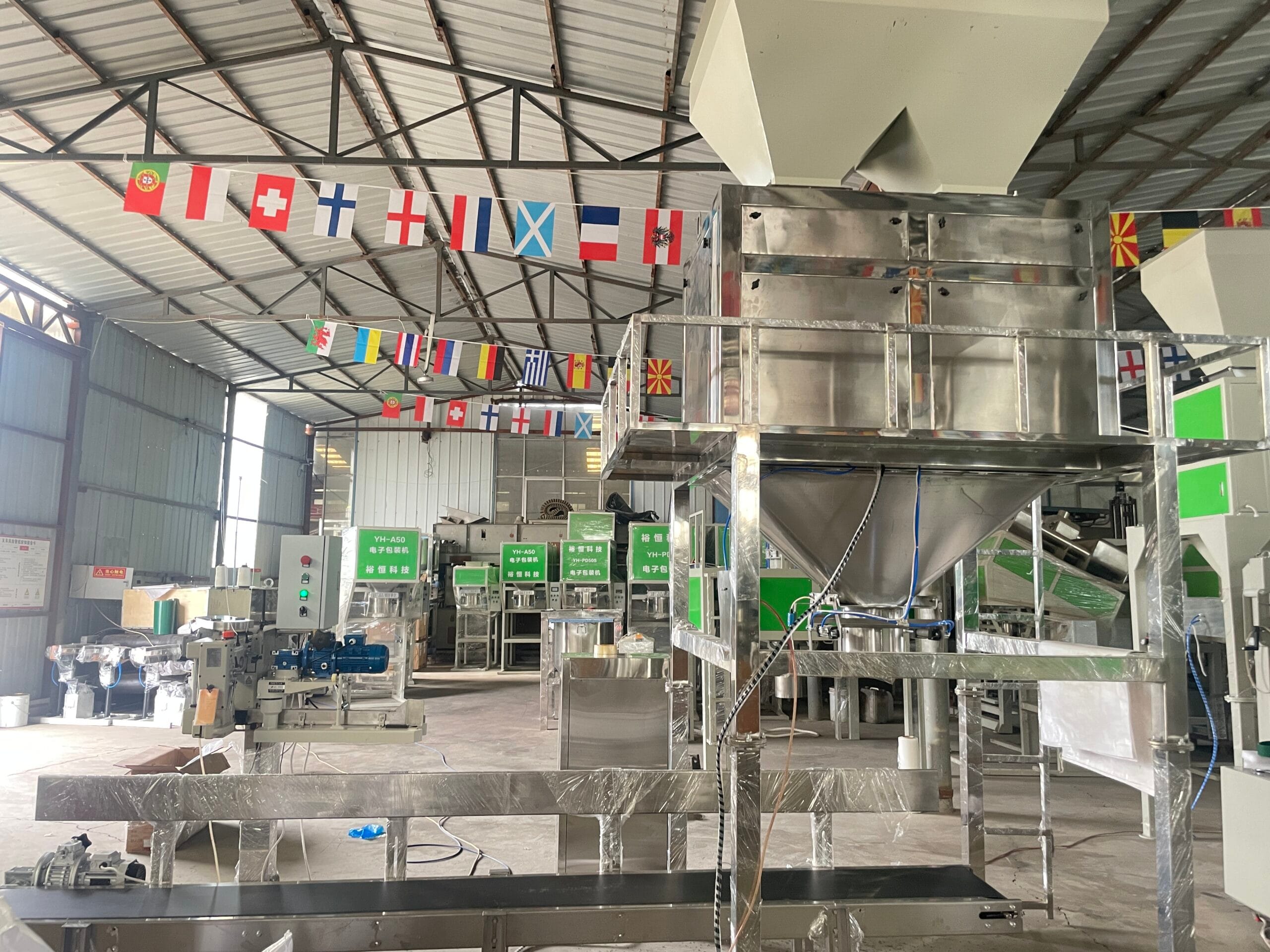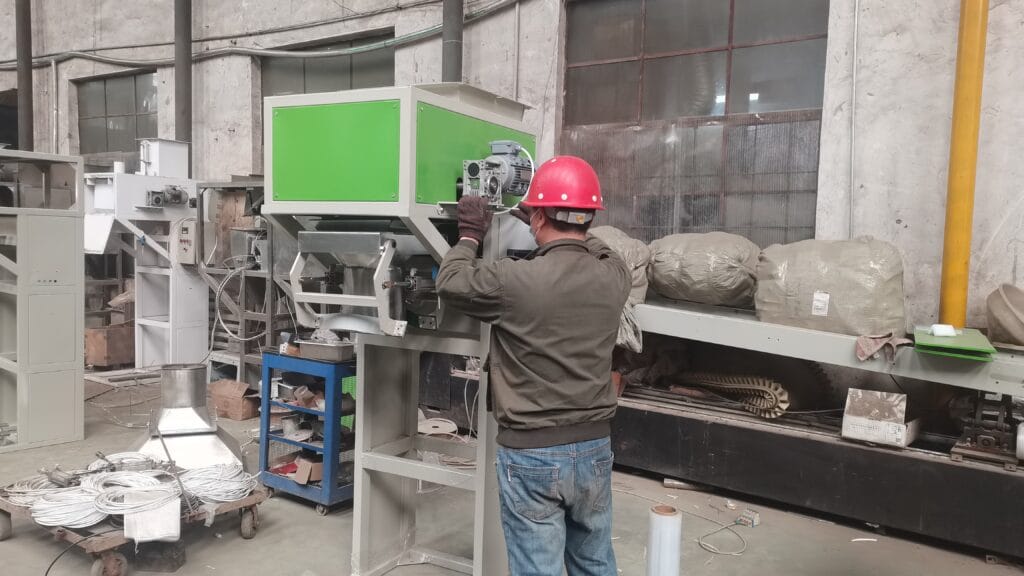
What is the price of electric quantitative packaging scale? The industry must continue to innovate with market demand
In today’s rapidly evolving industrial automation sector, electric quantitative packing scales are critical production equipment whose technological innovation and market adaptability directly determine a company’s competitiveness. If the industry stagnates and lacks R&D investment, it will eventually be phased out by the market. This article provides an in-depth analysis of packing scale pricing factors and industry trends to help businesses seize market opportunities.
1. Current State of the Electric Quantitative Packing Scale Industry: Opportunities and Challenges
Latest market data shows that Chinese manufacturers of quantitative packing scales generally underinvest in R&D, accounting for only 0.5%-1.2% of sales revenue—far below the international average. This situation has led to two major issues:
- Core technologies still rely on imports, with high-end equipment dominated by German and Japanese brands.
- Homogeneous competition is fierce, with 60% of SMEs still replicating decade-old technical frameworks.
Notably, as industries like food, chemicals, and pharmaceuticals demand packaging accuracy within ±0.1%, traditional mechanical packing scales can no longer meet requirements. The industry must make breakthroughs in:
✓ Precision optimization of servo motor drive systems
✓ Development of multi-material adaptive weighing algorithms
✓ Integration of IoT remote monitoring functions
Leading Chinese manufacturers, such as those based in Zhengzhou’s advanced industrial zone, have begun closing this technological gap through independent innovation.
2. Diverse Applications of Electric Quantitative Packing Scales
Modern quantitative packing scales have achieved technological breakthroughs in three key areas:
① Agricultural Processing
- Corn industry: Packaging accuracy of ±5g/bag for germ meal, protein powder, and bran
- Feed industry: Capable of quantitatively packing 3 tons of material per hour
- Case Study: A listed feed company improved packaging efficiency by 40% using intelligent packing scales
② Food & Pharmaceutical
- GMP-compliant sterile packaging solutions
- Micro-dosing packaging for seasonings and additives (minimum unit: 0.1g)
③ Chemical & New Materials
- Explosion-proof designs for flammable/combustible materials
- Corrosion-resistant stainless steel for harsh environments
Chinese-made equipment, particularly from tech-focused firms in Henan Province, now rivals international brands in these specialized applications.

3. Four Key Factors Affecting Electric Quantitative Packing Scale Pricing
| Price Tier | Economy (¥50-80K) | Mid-Range (¥100-200K) | Premium (¥250K+) |
|---|---|---|---|
| Accuracy | ±10g | ±5g | ±1g |
| Capacity | 600 bags/hour | 1,200 bags/hour | 3,000 bags/hour |
| Automation | Semi-auto | Full-auto | Smart line integration |
| Brand | Domestic Tier-2 | Domestic Tier-1 | Imported brands |
Data based on 2024 East China market research
Note: Many Chinese manufacturers now offer premium-tier performance at mid-range price points, significantly improving ROI for global buyers.
4. Industry Transformation: From Manufacturing Powerhouse to Innovation Leader
To achieve the goals of Made in China 2025, the quantitative packing scale industry must complete three upgrades:
Technology Roadmap
- Standalone machines → Smart production lines (2023-2025)
- Mechanical control → AI visual inspection (2025-2027)
- Local operation → Cloud-based big data management (2027-2030)
Strategic Recommendations
- Industry leaders: Increase R&D investment to 5% of revenue
- SMEs: Focus on niche market differentiation
- Associations: Establish standardized accuracy grading systems
Zhengzhou’s machinery clusters exemplify this transition, with several enterprises already implementing AI-driven packaging solutions for European clients.
5. Purchasing Guide: Selecting Cost-Effective Equipment
- Material Requirements: Choose 304 stainless steel for food-grade applications
- Certification Verification: Check for CE marks and metrology licenses
- Performance Testing: Prioritize 8-hour continuous operation stability
- After-Sales Service: Demand annual preventive maintenance programs
Conclusion
Under China’s “Dual Carbon” strategy, next-gen electric quantitative packing scales are evolving toward:
- Energy efficiency (30% reduced power consumption)
- Smart diagnostics (90%+ self-troubleshooting)
- Modular designs
For global buyers, Chinese manufacturers—particularly innovative tech companies in Central China—now offer the optimal balance of precision, durability, and value. We recommend attending premier trade shows like INTERPACK to witness these advancements firsthand.
If you want to know more about the equipment configuration and other details, please feel free to communicate with us
